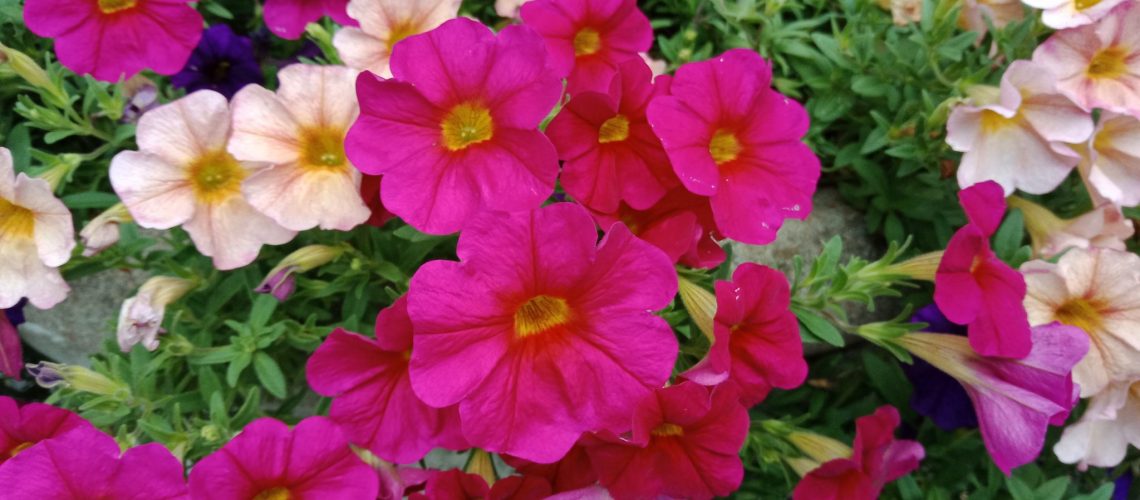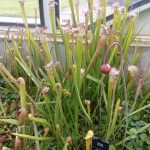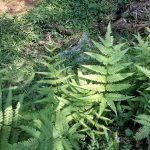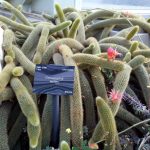Essential Tips for Roof Gardening
Gardens are raised with an aesthetic sense of growing plants for beauty and deriving happiness out of this. Gardens have always fascinated people at all times and have been places where you can retreat and get relaxation and peace of mind. Gardens are raised and maintained by organizations and governments to provide a relaxing pastime for the citizens and employees as a stress buster. Gardens apart from being used for recreation are also used for educational purposes such as the Botanical gardens maintained by educational institutions like Universities. Apart from these there are Medicinal gardens that grow medicinal plants , Kitchen gardens that have vegetables and fruits for domestic consumption, roof gardens maintained on roof tops of houses, terrace gardens and hanging gardens that are named based on the method of raising the plants. Cities in the modern times are over populated and do not have space for raising plants and this has led to global warming and climate change. There is a significant reduction in rainfall year after year in Metropolitan cities and it becomes very essential to take steps to avert further escalation of these problems.
Location of Roof gardens
In urban areas we see street houses and multistoried buildings where the presence of backyards is not a norm. In such a situation gardens or green cover can be developed on roof tops and in multistoried buildings balconies, verandahs or window sills can also be used. Inner side of the parapet wall may be used to create plant walls or green walls. These walls have provision to attach S-shaped hooks which have a small potted plants attached to them.Care must be taken to see that ample light and water resource is available.
Containers for growing plants
Vegetables and fruits can be grown in pots or containers. If roof top is to be used it has to be adequately coated with water proof materials to prevent seepage. Trough like structures can be erected with water proofing and provided with a sloping drain hole to allow excess water to be drained. Any water proof waste container can also be used-
- Used coke cans
- Pet bottles
- Yoghurt cup
- Disposable food containers
- Mud pots
- Waste bins
- Plastic barrels
- Wooden barrels
- Crates
- Plastic jars or
- Any other waste container that can hold water and soil without getting soggy and containing a drain hole can be used.
Medium to be used
The medium used for filling the container should be a mixture of soil and humus. Soil can be garden soil or sand mixed with an equal amount of red sand and humus. Instead of soil and red sand some lighter material like coco pith, rice husk or sawdust may be used as pots are to be placed on roof tops and load becomes a concern.
Humus/Compost
This is the organic biofertiliser that forms one thirds of the medium in the pot for raising the plant. This can also be simply called compost that is produced by decomposition of kitchen waste or any other biological waste material. Compost can also be prepared from fish waste, farmyard waste, poultry waste or leaf litter. This is the sustainable fertilizer that is eco-friendly and will make our roof garden a purely sustainable green practice
How to go about it?
Wash the container and get the drain holes ready.
Put coarse gravel at the drain hole to avoid blockage
Mix soil, red sand and compost in equal proportions to prepare the medium. Medium can also have saw dust or coco pith or rice husk mixed with equal quantity of compost to keep it light
Fill the containers and gently tap to allow for settling and leave 1-2 cm gap at the surface (head space) to facilitate watering
For transplanted vegetables like tomato, eggplant, capsicum, lettuce, cabbage,leek, parsley and chillies, a nursery has to be raised in shallow pans or trays with a fine mixture of sand and compost in equal proportions. The seeds are sown in and watered immediately and allowed to stand for a day or two. A layer of dry gras or straw of crushed dry leaf litter is spread on the surface to allow seeds to germinate and emerge. After emergence the surface layer is removed and the seedlings are allowed to grow for 25-30 days before transplantation
Where seeds can be sown directly 2seeds each should be placed in shallow holes (2.5 times seed size) in carefully selected pots. A pot /container of 15-30 cm depth and 30 cm diameter can hold up to two seedlings. Even a single seedling may be grown. While sowing seeds directly, seeds to be placed at a distance of 15 cm
Managing soil and water
After sowing seeds these can be thinned out and healthy seedlings may be allowed to grow. In the case of leaf vegetables like leek, Parsley, coriander, Amaranths, many seedlings can be allowed to grow and maintained for a longer time and several cuttings can be taken before starting a new crop
Pots need to be irrigated on alternate days and the amount of water has to be decided keeping in mind the size of pot and number of plants per pot. During summer extra water has to be provided and watering can be done both in morning and evening everyday.
Too much watering is not good and this should be avoided by checking moisture in the soil by digging with finger to a depth of one inch and if moist watering not required immediately.
Certain weak-stemmed plants like cow-pea, gourds, tomato may need to be supported by using stakes.
Nutrient supply
Fertilisers in the form of vermicompost or a vermiwash spray to be applied at intervals of 10 day. Panchagavya may also be applied as a root drench
Weed and pest control
Soil aeration can be increased by manual hoeing and weed removal. Neem oil diluted with water at 2 mL per litre or Neem seed kernel extract at 3% and few drops of liquid detergent along with some lime (50 g) is mixed and sprayed to keep away insects and fungi. Virus infected plants should be completely removed and burnt. Fruits affected by fruit fly or fruit borer have to be plucked to stop multiplication of these insects. Regular inspection of the plants is very necessary
Harvesting
Harvesting of fruit to be done at peak of development and to be used without much delay as these are fresh and nutritious and the purpose of growing them should not be lost. Leaves should be picked when tender and tomato to be picked when fully ripe. Vegetables that are not easily available in the market like leek, fennel and soya can be easily grown at home. Plants like c
Curry leaf and goose berry can also be grown in large containers in a roof garden











